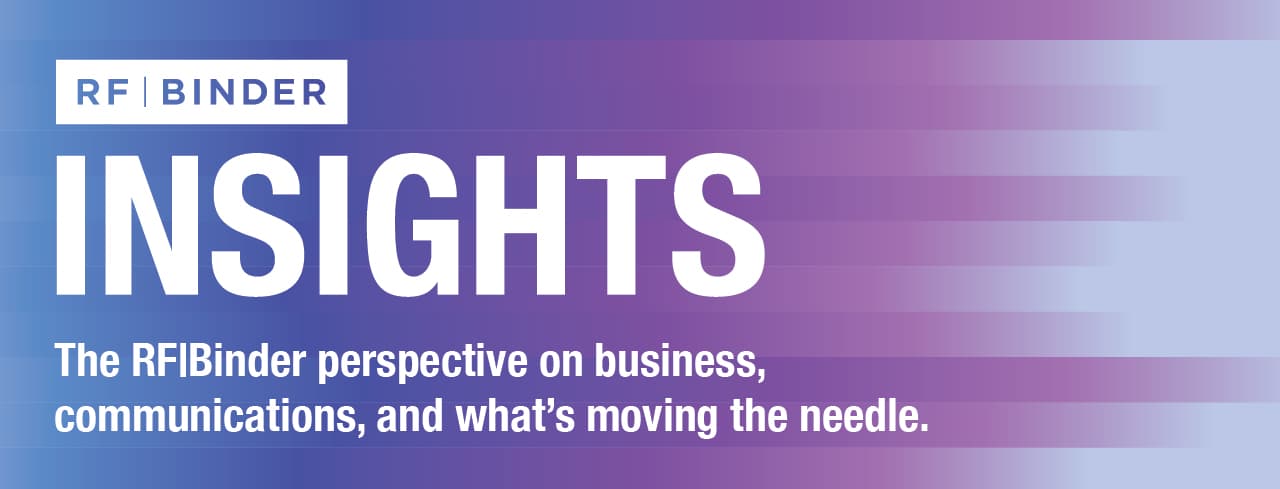The urgency of the climate crisis, combined with the state of social and political unrest in our society today, has heightened the sense of responsibility felt by corporations to drive action and change. We’re seeing an increase in bold, ambitious commitments, such as achieving net zero emissions, becoming a regenerative company and taking proactive action around social justice. According to a recent CEO Survey, conducted by Fortune in partnership with Deloitte, 96% of CEOs said DEI had become a strategic priority for them.
Along with the commitment to act comes a responsibility to properly report and share progress against these ambitious goals. According the Governance & Accountability Institute’s latest annual 2020 Flash Report, 90% of the S&P 500 Index publishes a sustainability report; reporting is not only becoming ubiquitous, it is also truly no longer an option for brands looking to lead.
That said, today’s sustainability reports don’t just serve to communicate an organization’s ESG goals and progress towards those, they also provide an opportunity to think and communicate creatively, simplifying complex topics for an ever-growing – and ever-engaged – audience of stakeholders: investors, employees, consumers, policymakers, and more.
As reporting continues to evolve, we have seen the following trends emerge, and anticipate them to become more prevalent in the years to come:
- Continual refinement of reporting standards. GRI has established its place as an industry standard. With Blackrock’s endorsement, SASB is on the rise to deliver consistent data to investor communities. While still voluntary, TCFD is rapidly becoming a standard for climate-related financial risk. And it doesn’t stop there – most recently, the World Economic Forum has published a new ESG metrics framework, developed as part of the WEF’s International Business Council. But the reporting industry has also been called a “wild west” when it comes to consistency. We envision data management, inclusive, too, of SDG reporting, will continue to evolve and solidify through the employment of ESG frameworks.
- Integrated reporting. Integrated reporting has often been seen as cumbersome and unnecessary. As companies increasingly recognize the direct connections between sustainability, responsibility, diversity and financial health, however, we expect audited integrated reporting, specifically between sustainability and annual reports, to become increasingly prevalent. This is evidenced by a recent announcement from GRI, SASB, CDP, CDSB and IIRC, in which the reporting entities detailed a shared vision for a comprehensive corporate reporting system and a commitment to collaborate to achieve it.
- Customization for all audiences. In order to improve the user experience, brands will increasingly prioritize targeting content to various audiences. For example, in addition to a comprehensive report, a brand may opt to have a consumer facing section that is designed with additional resources, videos that reflect the brand’s impact on the planet, or even quizzes and infographics as other ways to engage. Content will go beyond the “how” and increasingly speak to the “why” behind various initiatives importance and value to stakeholders. In addition to the standard downloadable document, there might be a flipbook version or other interactive content pieces for consumers and shareholders, simple reports with GRI or SASB data specifically for investors, or a portal for employees to learn more about what their employer is doing and how they can participate.
- Simplifying the message and building interactive content. This may be the hardest challenge of all: ensuring an annual sustainability report, typically chock full of complex information, data and initiatives, is simple and digestible. The next generation of reports will go beyond just the disclosure of information in large PDFs and statements on websites, and take a more journalistic storytelling approach to reporting. Reports include very complex material and the challenge is to present it in a way that demystifies the data into digestible, understandable material. This will involve the use of creative and design as a tool to build competitive advantage and to perfect the user experience. It will also involve optimizing a thoughtful layout, building interactive digital graphics, frameworks and figures, and sharing content in compelling, bite-sized snippets.
- Year-round engagement. Typically the emphasis of a sustainability report is getting it done on time, on budget, and with accuracy. We believe completing and launching a report, however, should be a beginning, not an end, serving as a larger opportunity to engage and educate key audiences, demonstrate progress, and build brand recognition.
As we look forward, we’ll continue to see a shift in reporting from simply sharing information, to building a compelling, engaging story that’s woven into every aspect of a company’s communications and reaches all stakeholders both internally and externally. Looking ahead, this means there is a significant opportunity for organizations of all sizes and industries to go beyond the baseline of ambitious goal setting and holistic reporting. Now, there is the opportunity for businesses to strengthen their message, editorialize the story and build interactive content that reaches, resonates and engages with key stakeholder groups ranging from employees to consumers and customers, as well as from investors to the people living in the communities in which they operate. Through this type of initiative, a company will demonstrate that its commitment to ESG is about more than reporting—it is woven into the fabric of the company and its operating principles.

